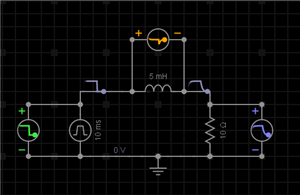As the world moves towards a more sustainable future, the new energy vehicle (NEV) industry has gained significant momentum. Electric vehicles (EVs) are at the forefront of this revolution, with their increasing popularity and adoption. One crucial component that plays a vital role in the development of EVs is the voltage transformer. In this blog post, we will explore the application prospects of voltage transformers in the NEV industry from the perspective of a university professor.
Electromagnetic Voltage Transformer (PT) and Capacitive Voltage Transformer (CVT) are widely used in power system. Although capacitive voltage transformers and electromagnetic current transformers commonly used in power grids have mature technology and long-term operation and maintenance experience, their measurement linearity is poor, the transient response speed is slow, and the transient error characteristics of electromagnetic current transformers are not ideal.
Power Transformer definition & use
A power transformer is a static machine used for transforming power from one circuit to another without changing the frequency. As there is no rotating or moving parts, a transformer is classified as a static device. Transformer operates on an AC supply. Transformers operate based on the principle of mutual induction.
Potential transformer or PT can have the same construction as any normal transformer. It has primary & secondary winding. The number of turns in primary windings is greater than the number of turns in the secondary winding because it is a step-down transformer.
Also known as CTs, current transformers are devices that measure alternating current. They are widely used to measure high magnitude currents. A current transformer essentially lowers (steps down) a high current to a lower, safer level that you can manage properly. It steps down the current to be measured so that you can measure it with an average range ammeter.









